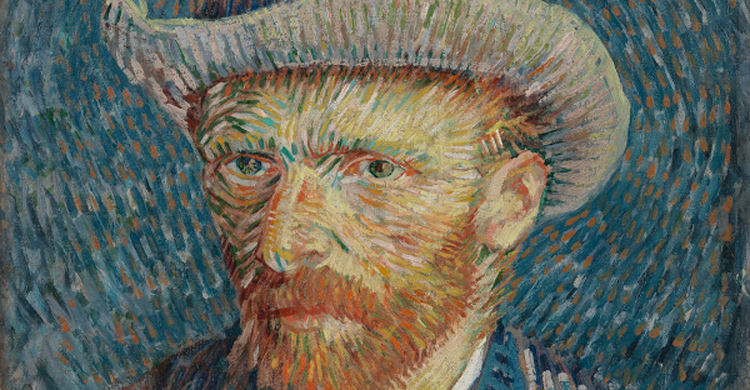Van Gogh’s ‘suicide gun’ on display at Amsterdam museum

Amsterdam’s renowned Van Gogh Museum unveiled a new exhibition Tuesday focusing on Vincent’s final 18 months of mental anguish before he shot himself in 1890, including the suspected gun he used in his suicide.
Called ‘On the Verge of Insanity’, the exhibition seeks to answer questions like why Van Gogh cut off his ear, and the precise nature of his mental illness that ultimately led to his death in Auvers-sur-Oise near Paris at the age of 37.
One of the most interesting exhibition pieces is the small-calibre revolver believed to have been the actual weapon Van Gogh used to shoot himself in the chest.
‘The small, badly corroded revolver from a private collection and being shown for the first time, might be the weapon with which Van Gogh sought to end his life,’ the Van Gogh Museum said.
Vincent shot himself on 29 July 1890 and managed to stumble back to the inn where he was staying before succumbing to his wound 30 hours later. At the time the suicide weapon was not found.
Around 1960 an Auvers farmer working on his land discovered the rusty gun, a 7.0 mm pocket revolver of the ‘Lefaucheux a broche’ type in the fields where Van Gogh shot himself.
‘The degree of corrosion suggested that the weapon lay in the ground for 50-60 years,’ the museum said in a statement.
‘Its limited firepower offers a possible explanation why the bullet fired at close range glanced off Van Gogh’s rib,’ it added.
‘The bullet was deflected downwards and was lodged too deep to be removed without danger, as a result of which Van Gogh died of his wound some 30 hours later.’
Another fascinating exhibition piece is a recently-discovered letter from doctor Felix Rey, the physician who treated Van Gogh in hospital after he cut off his left ear while living in the southern French town of Arles.
‘Rey’s letter includes drawings showing that Van Gogh cut off the whole of his left ear and not, as was long believed, just part of it,’ the museum said.
‘The discovery brings to an end a long-standing biographical question,’ it added.
Van Gogh’s portrait of Rey is also on display for the first time at the museum, as well as a raft of previously unexhibited documents about his illness.
‘On the Verge of Insanity’ however shows that Van Gogh’s art ‘ought not to be viewed as a product of his illness, but arose in spite of his condition,’ the museum said.
The exhibition runs from 15 July to 25 September.


